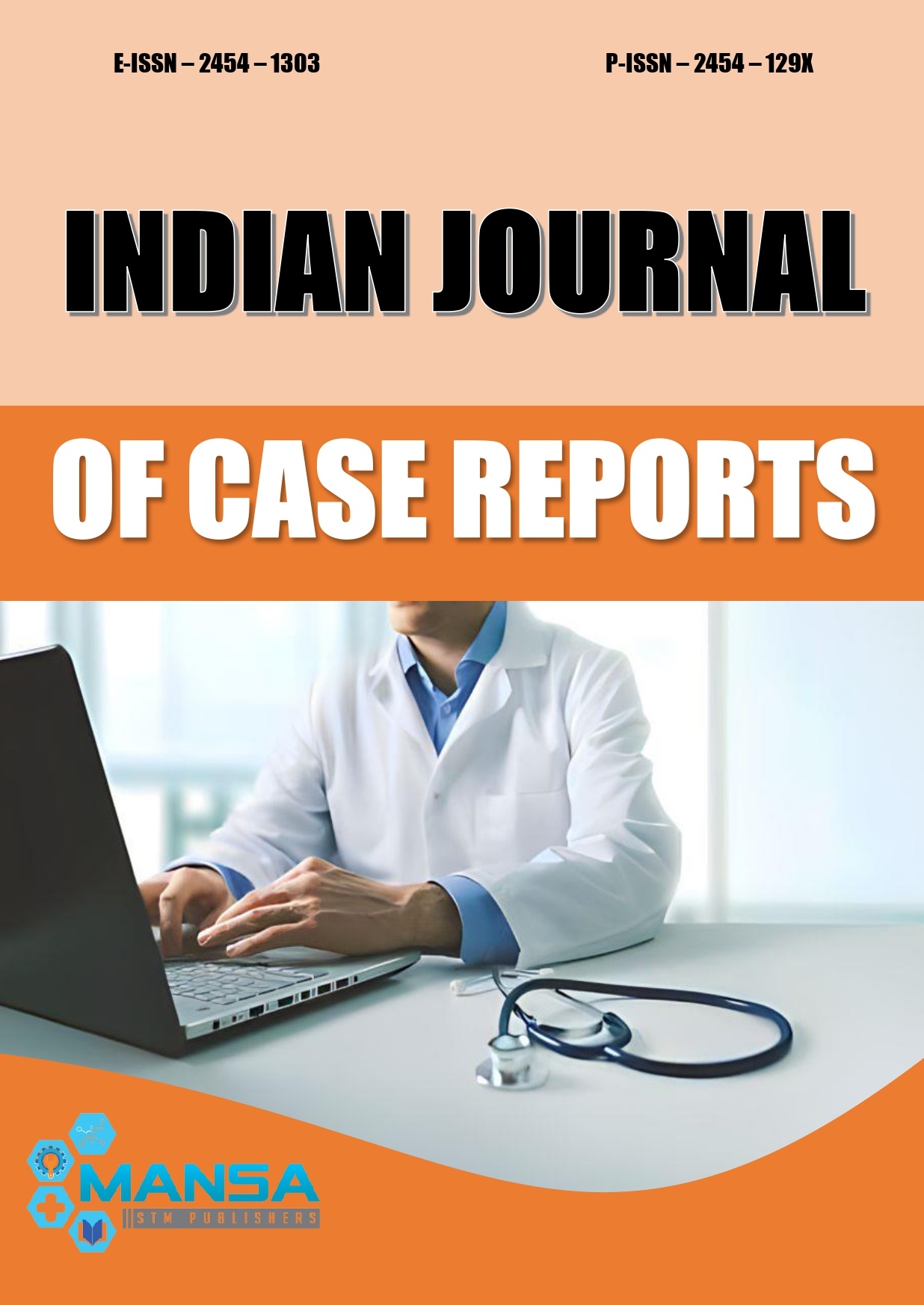Atypical Hemolytic Uremia Syndrome in A Young Adult Male
DOI:
https://doi.org/10.32677/ijcr.v8i10.3498Keywords:
microangiopathic hemolytic anemia, alternative complement pathway, anti-complement factor H (CFH) antibodies, thrombotic microangiopathy, Plasma exchangeAbstract
Atypical hemolytic uremia syndrome (aHUS) is a rare, life-threatening disease, characterized by the same triad of hemolytic anemia, thrombocytopenia and renal failure as seen in hemolytic uremia syndrome (HUS). It differs in its etiology, being caused by a dysregulation of the complement pathway rather than Shiga-like toxin-producing Escherichia coli (STEC). Diagnosis is usually after exclusion of STEC infection and also thrombotic thrombocytopenic purpura (TTP). The prognosis of aHUS is poor, with 50% of cases progressing to end-stage renal disease and 25% resulting in mortality in the acute phase. The treatment of choice is plasma exchange which can lower mortality. Monoclonal antibody drugs such as eculizumab, which suppress the dysregulated complement pathway help to prevent complement mediated kidney injury, but such drugs remain prohibitively expensive.
Downloads
Downloads
Published
Issue
Section
License
Copyright (c) 2022 Raghavendra Deshpande, Pradeep Rangappa, Ipe Jacob, Karthik Rao, Deepak Kumar Chitralli, V Mahesha

This work is licensed under a Creative Commons Attribution-NonCommercial-NoDerivatives 4.0 International License.

